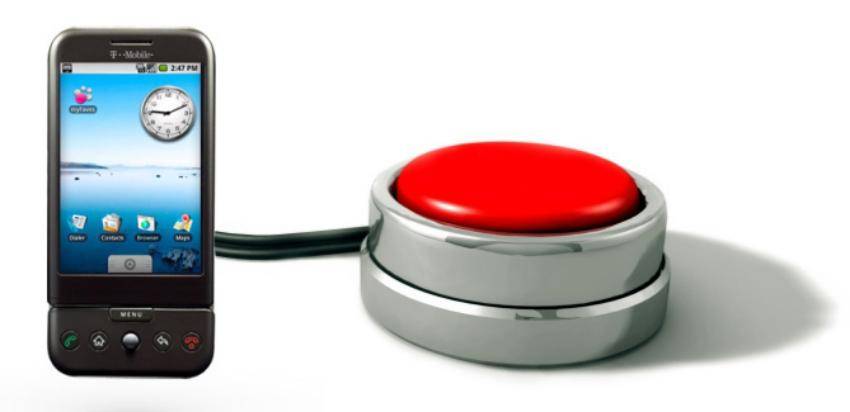
In a rather strange turn of events, lawmakers across the country are now trying to put their weight behind the almost aborted kill switch solution to smartphone theft. This new push came after California lawmakers proposed making it mandatory for smartphones sold in the state of California only.
The kill switch involves remotely wiping a smartphone and rendering it useless in case of a theft. Theoretically, it will serve as a deterrent to the crime if the stolen goods can no longer be used and, therefore, can no longer be sold. Unlike other solutions, like Google’s Android Device Manager, that lets you also remotely wipe personal data from a stolen device, the kill switch, as the name implies, has an image of finality.
Although the proposal has initially failed due to the insistence of major carriers in the US, the state of California proposed a law that will require manufacturers and carriers to include a kill switch in devices sold in the state. If approved, it will most likely force manufacturers to include the feature in all devices regardless. Taking a cue from this rather bold move, senators led by Amy Klobuchar of Minnesota are proposing the Smartphone Theft Prevention Act that will make such a law have federal reach.
It will, of course, face tough opposition and lobbying from CTIA-The Wireless Association, the kill switch’s biggest opponent. The CTIA believes that the kill switch is open to hacking and privacy issues and suggests a more subdued solution, that of providing a nationwide database of stolen devices. However, that solution also has its geographical and jurisdictive limits. New York Attorney General Eric Schneiderman has also accused the CTIA, particularly US carriers, of being biased by the profits they will gain by keeping things the way they are.
VIA: CNET










Just what nobody needs, MORE federal intrusion into OUR lives!
If I lived anywhere that such a ‘device’ was installed/programmed into my phone, I would wipe the phone’s OS and reflash it with a clean version, and start all over again. My phone is MINE, and NOBODY has the authority to decide what I do with it, or how I use it.
It’s time to REMOVE federal meddling with OUR LIVES!
If anybody wishes to point fingers at the real criminals, all you need do, is face Washington, D.C.
Unfortunately you, and I, are both wrong…
Depending upon which carrier you use “your” phone actually isn’t. Yes we purchased it, yes we would assume that makes it ours, but if you really take time to read the “fine print” in a carrier’s contract you’ll learn the truth.
“Our” new phone, the one we just dropped $xxx amount of money to purchase doesn’t actually “belong” to us, it still belongs to the carrier. They sell us the device, sometimes for an arm, a leg and our first born, but then say that they are”leasing” us service on their network.
To my knowledge all four major U.S. carriers maintain this philosophy.
Actually, I do own my device, I have a business account with Motorola. I only rent the service. Subsidized phones are not outs until the conttact has been fulfilled.
If you complete your term or buy out your contract, the phone is yours. However if you are still under contract, the phone is not technically yours because you’re still paying for it. Every bill payment takes off around $15-20 off the remaining price of the device.
It’s similar, in concept, to leasing a car. This not only puts you in the provider’s pocket, but allows pretty well everyone to have a high-end phone without paying $700+ up front.
Flashing a new OS does nothing to change or alter the IMEI, which is what the blacklisting program here in Canada uses.
There is nothing installed on the phone. What happens when a customer loses a phone is they file a support ticket to their respective provider. The provider then adds the IMEI to the blacklist. Whenever the phone with that IMEI tries to connect to the network, it is denied access.
Here in Canada we have a National Stolen Device Blacklist that was enacted independent of the government by the CWTA with support from the ‘big three’ of Canadian telecom, Rogers Telus and Bell. When a device is lost or stolen, the customer files a support complaint. The device’s IMEI is then added to the blacklist, which is shared between the major telecom providers.
Jurisdiction is now not relevant, as these three corporations control and cover pretty well all of the country, and several smaller brands such as Koodo, Fido, Wind, Mobilicity, Virgin Mobility, etc are owned or controlled by these big three. It’s almost a monopoly, but it makes stuff like this possible.